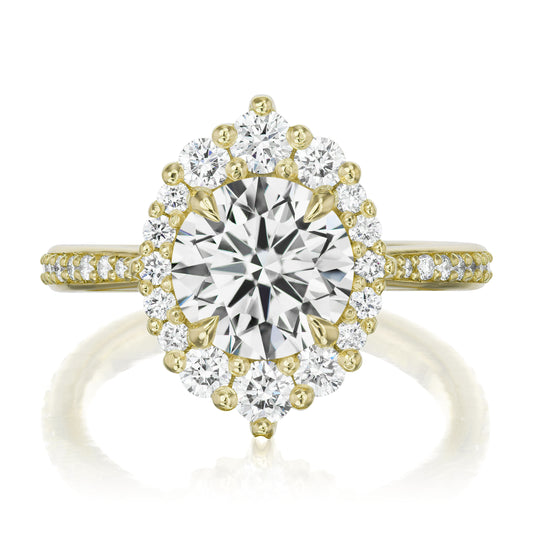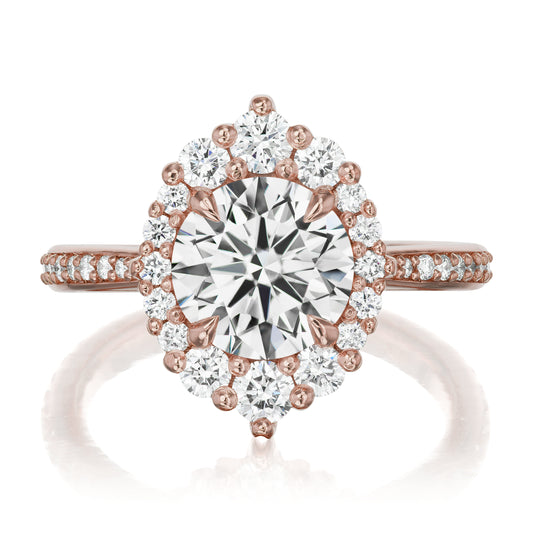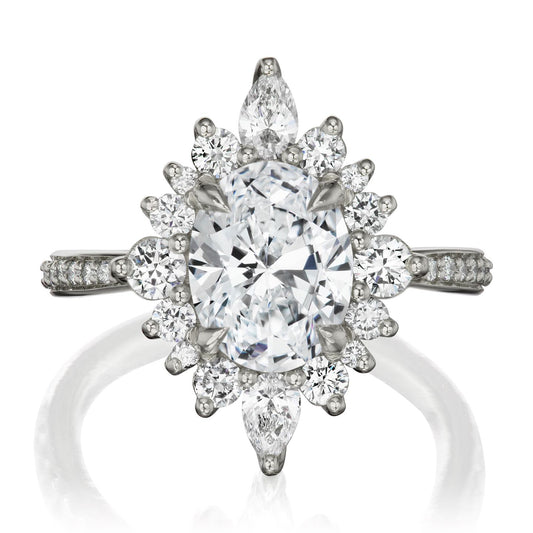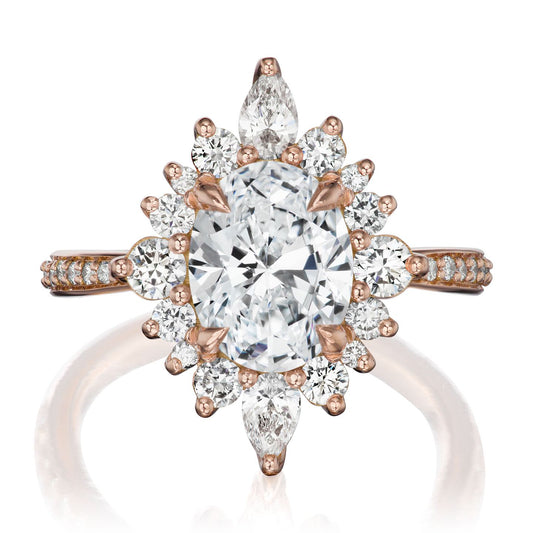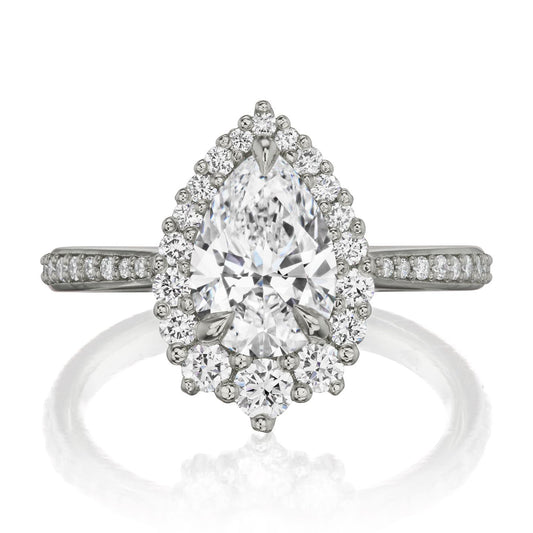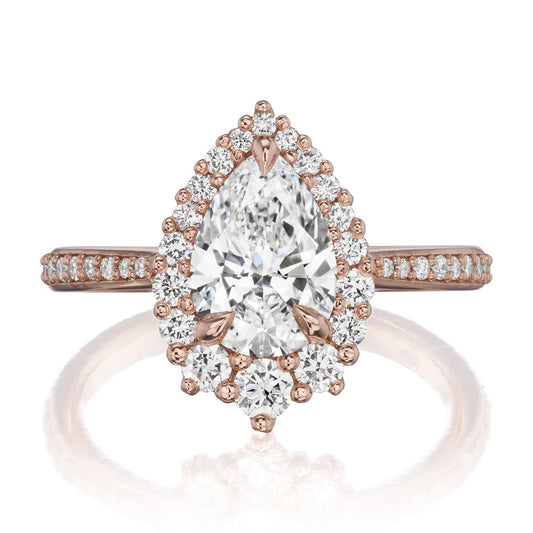Dissecting the Grading Report
THE 4 C’S OF DIAMONDS
The 4Cs stand for Color, Clarity, Carat, and Cut, and they make up the internationally accepted grading system for assessing a white mined or lab-grown diamond. We’ll discuss what each means and why they matter for your diamond.

COLOR

CLARITY

CARAT
CUT
The Four C’s
COLOR
“Color” refers to the natural amount of color or lack of color that is present in the diamond. When diamonds are formed in the earth or in a lab, trace amounts of other elements can interact with the carbon atoms adding a hint (or a lot!) of color to a diamond. The color scale ranges from D-Z. You’ll notice D-F is defined as “colorless” and G-I is “near colorless”. At Kristin Coffin Jewelry, all of our lab-grown diamonds are in the D-G range. Even the G colored diamonds are hand-selected by Kristin and tend to be a ‘strong’ G and are colorless to the untrained eye.
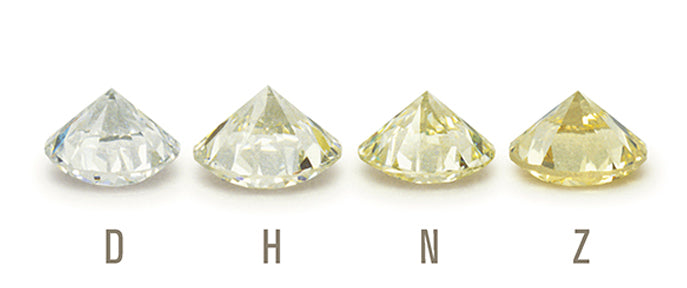

The Four C’s
CLARITY
Clarity refers to the visibility and number of the inclusions that exists in a diamond. During the formation of a diamond, tiny imperfections in the makeup of the diamond occur that can be spotted under 10x loupe or even to the naked eye. Diamond clarity is measured on a scale from Internally Flawless (IF) to Included (I1, 12, and 13). The number of inclusions and their visibility can affect the overall brilliance of the diamond. At Kristin Coffin Jewelry all of our white/colorless diamonds are VS2 or higher in clarity, which translates to seldom having an inclusion visible to the naked, untrained eye.
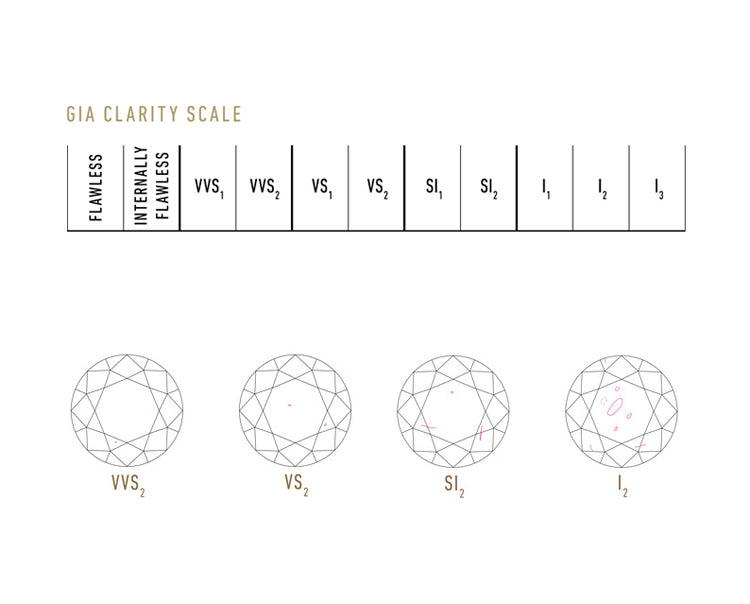
The Four C’s
CUT
The cut of the diamond is the positioning of a diamond’s facets, and its balance of symmetry, polish, and overall proportion of a diamond. It’s these factors that reflect light back to the eye, giving a diamond its unique sparkle. It’s important to remember that “Cut” is different than “Shape”, which refers to the outline of a diamond (such as an oval, radiant, pear, etc).
Round shaped diamonds are graded on a scale of Ideal to Poor, and are in 3 categories: Cut, Symmetry, and Polish. Fancy shaped diamonds are graded in 2 categories: Symmetry and Polish and graded on a scale of Excellent to Poor.
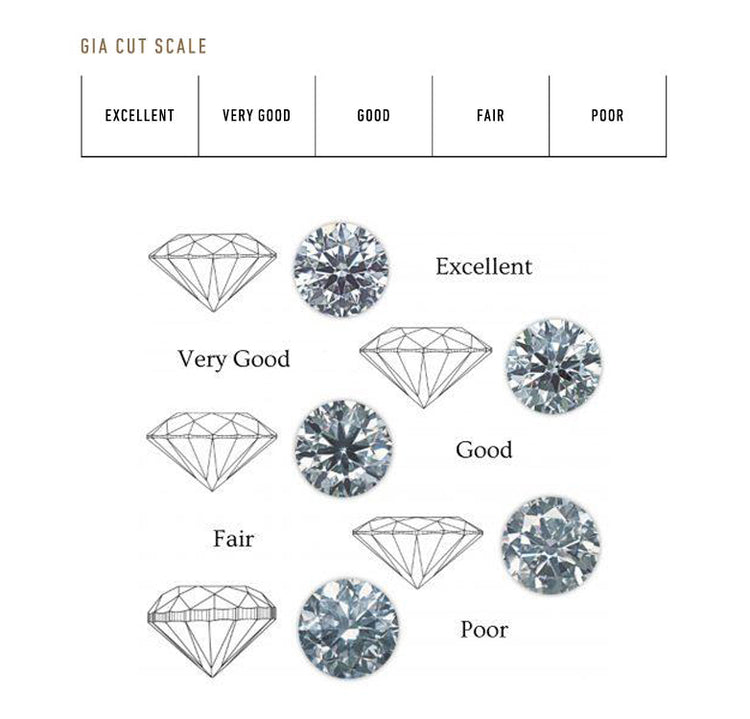
The Four C’s
CARAT
Carat weight refers to the weight measurement used exclusively for diamonds and gemstones. It can often be confused with visual size (or millimeter size of a stone), but the two are distinctly different. The carat weight is always a measurement of weight and doesn’t always directly correlate to the visual millimeter size of a stone. Often times new shoppers can be very “carat weight-focused” rather than taking clarity, color, and cut into consideration. Although carat weight plays a role, it’s important to consider all 4 C’s of a diamond.
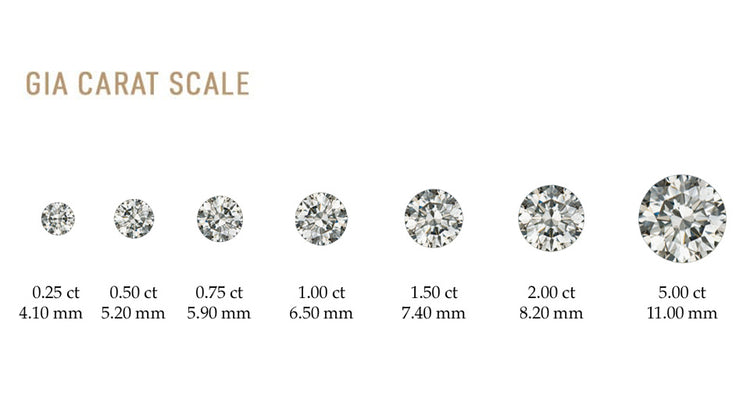
More than a Grading Report
BEYOND THE 4C’S
Although the traditional 4 C’s are important, there are a wealth other C’s that are as equally as important: Character, Charm, and Curation, to name a few. Simply put, a diamond is more than the sum of its 4 C’s, and the diamond grading report never tells the full story. At Kristin Coffin Jewelry, every lab-grown diamond is hand-selected and inspected by Kristin. Every diamond that makes it into one of our collection has that “special something” that she feels makes the diamond worthy of our bespoke rings.
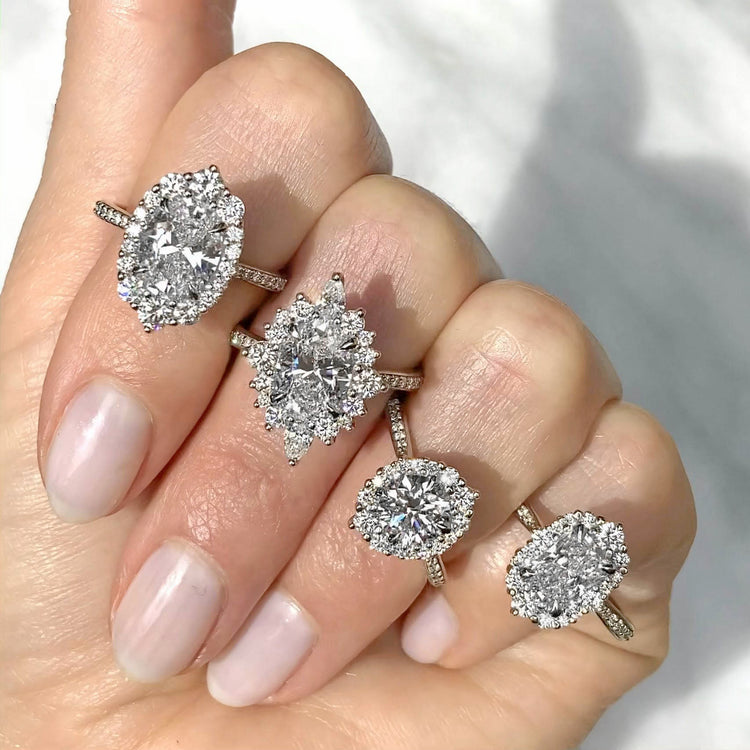
Want an Expert Opinion?
Still have questions? Kristin has 14 years of experience selecting diamonds and can help you find the perfect ring.

